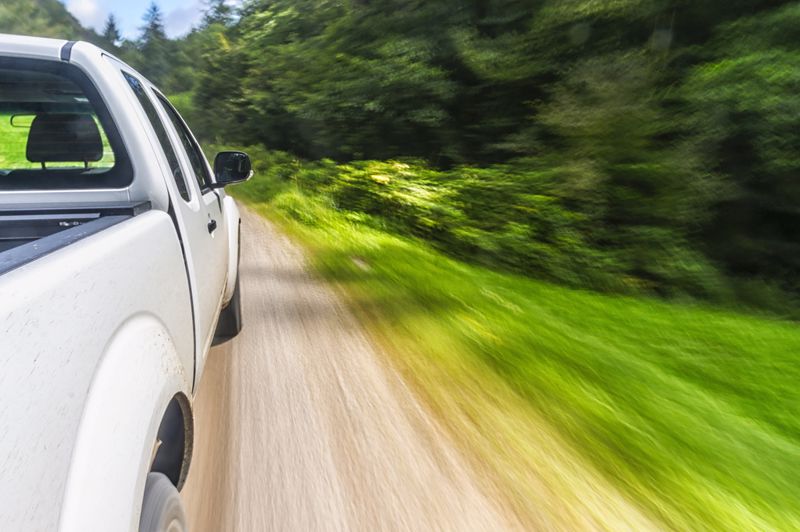

In recent years, the size of vehicles in the U.S. has been rising quickly, as consumers increasingly value large trucks and SUVs — and prioritize purchasing them. However, some experts are now ringing alarm bells about just how dangerous these massive vehicles can be, and that, in turn, is likely to spur legislative and regulatory action in the near future.
One of the biggest problems with large vehicles like pickup trucks and SUVs with high, wide blind spots is that they are increasingly hitting pedestrians and doing increased damage because of their mass, according to a recent study published in the University of Pennsylvania Law Review. While overall traffic fatalities have been holding steady for more than a decade, pedestrians have been increasingly involved in accidents that are increasingly deadly. Between 2009 and 2016, for instance, pedestrian fatalities in accidents involving SUVs increased 81%.
Likewise, when SUVs and pickup trucks were involved in accidents with passenger vehicles, fatalities involving people in the smaller vehicles have been rising sharply as well — up 28% and 158%, respectively.

Dangerous vehicles only getting bigger
Today, these larger trucks and SUVs represent an increasing percentage of new-vehicle sales, and because people seem to value them specifically for their size, automakers are responding with ever-growing options, according to Consumer Reports. Across the industry, the average hood height of passenger trucks has increased 11% between 2000 and 2018, and these vehicles now weigh 24% more than they used to.
Today, some vehicles have hood heights that start at 55 inches or more, roughly as tall as a sedan from ground to roof, the report said. That creates a massive blind spot in front of vehicles that seems to be fueling the pedestrian strikes. Moreover, pickup trucks are far less likely than sedans and SUVs to come with standard safety features, such as automatic emergency braking and pedestrian detection.
"These trends are alarming," said William Wallace, manager of safety policy at Consumer Reports. "Automakers must put safety first for people inside and outside the vehicle."
What can be done?
As stories of deadly crashes involving pedestrians and large vehicles increase, some lawmakers would like to see greater regulatory controls placed on automakers to ensure these vehicles are safe for everyone sharing the road, according to Car and Driver. It's believed that pedestrian deaths in automotive accidents increased almost 5% last year, despite the fact that the number of miles driven dropped 16.5% due to the pandemic.
To that end, the New York State Senate recently introduced a bill that would require automakers to create a pedestrian-safety vehicle rating and list those ratings online as well as on vehicles for sale within the Empire State, the report said. The hope is that such a rating may, in turn, affect the decision-making process of someone looking to buy a vehicle, as they may not think about the physical size of their desired purchases and how that might affect others. If passed, the bill would require a 1-5 rating system similar to what is already in place for other vehicle safety ratings.
A different kind effort in neighboring New Jersey recently passed the state's Senate Commerce, Science and Transportation Committee, potentially paving the way for it to be passed by the broader legislature, according to NJ.com. If approved, the law would require the heaviest trucks on the road to have automatic braking systems, as well as mandate that the New Jersey Secretary of Transportation study the cause of large-truck crashes to better understand risks and develop improved safety policies for extremely large vehicles.
While not specifically related to passenger trucks — these rules would apply to trucks weighing 26,000 pounds or more — it's just another way in which lawmakers are trying to increase overall highway safety for some of the biggest vehicles on the road. This comes in response to recent analysis in the Garden State noting that crash fatalities involving vehicles weighing 10,000 pounds or more increased 36% between 2010 and 2019.
Greening Testing Laboratories is a fully certified brake testing lab that provides a variety of brake testing services worldwide. Contact Greening for a complimentary consultation.